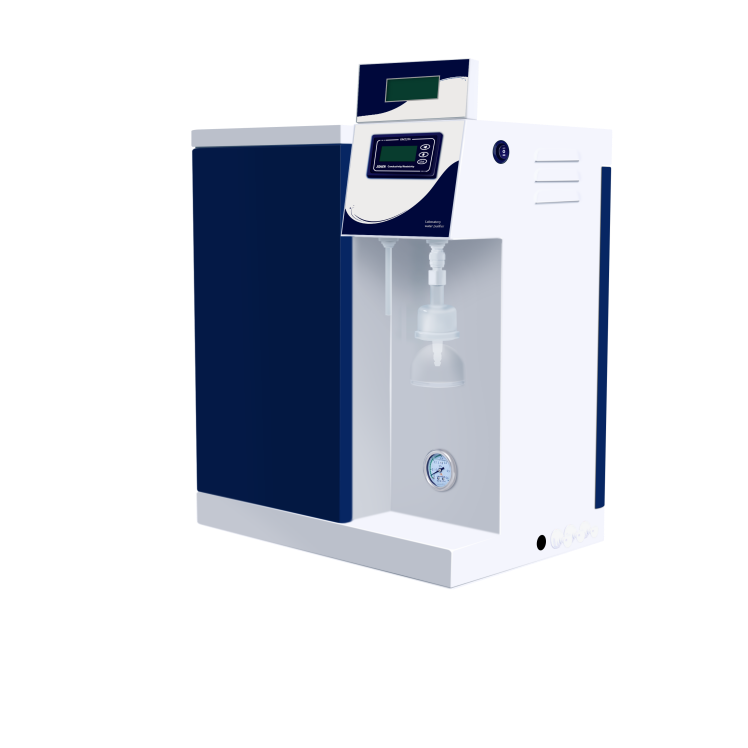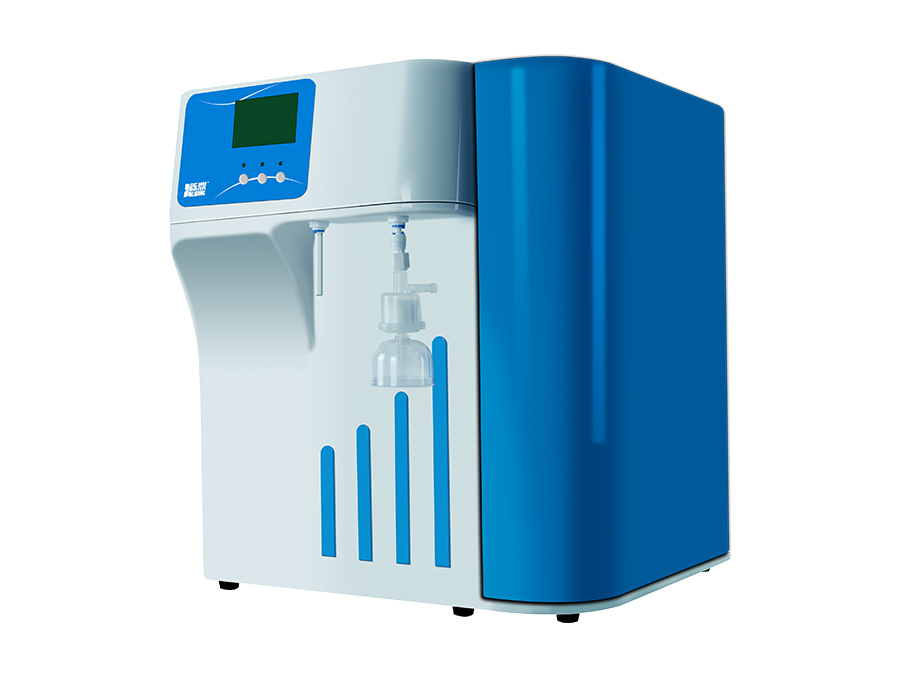Innovations in Ultra Pure Water Purification: What’s Next?
Time:
Jun 07,2025
Innovations in Ultra Pure Water Purification: What’s Next?
Table of Contents
1. Understanding Ultra Pure Water Purification
2. The Importance of Purity in Industrial Applications
3. Current Technologies in Water Purification
4. Emerging Innovations in Ultra Pure Water Systems
4.1. Advanced Membrane Technologies
4.2. Nanotechnology in Water Treatment
4.3. Electrochemical Methods for Purity Enhancement
5. Future Trends in Water Purification Technologies
5.1. Sustainability and Eco-Friendly Solutions
5.2. Smart Water Management Systems
6. Challenges Facing the Ultra Pure Water Purification Industry
6.1. Regulatory Compliance and Standards
6.2. Cost Implications of New Technologies
7. Case Studies: Successful Implementations of Innovative Technologies
8. FAQs about Ultra Pure Water Purification Innovations
9. Conclusion: Embracing the Future of Water Purification
1. Understanding Ultra Pure Water Purification
Ultra pure water (UPW) is essential in various highly controlled environments, including semiconductor manufacturing, pharmaceuticals, and laboratory applications. The purification process aims to remove contaminants, including ions, organic molecules, and particulate matter, ensuring the water meets stringent quality requirements. As industries evolve, the demand for ultra pure water intensifies, driving innovation in purification technologies.
2. The Importance of Purity in Industrial Applications
The significance of ultra-pure water in technological and industrial sectors cannot be overstated. In semiconductor fabrication, even minute impurities can lead to defects, affecting product quality and yield. Similarly, in pharmaceuticals, water quality directly influences drug efficacy and safety. The need for reliable, consistent, and high-quality water sources has made ultra pure water purification a priority for many industries.
3. Current Technologies in Water Purification
Historically, water purification technologies have included reverse osmosis, distillation, and deionization. Each method has its pros and cons, often related to cost, efficiency, and the type of contaminants targeted. For instance, while reverse osmosis effectively removes most dissolved solids, it may not eliminate certain organic compounds. Thus, a combination of technologies is frequently employed to achieve desired purity levels.
4. Emerging Innovations in Ultra Pure Water Systems
As technology advances, so does the potential for more effective water purification systems. Several key innovations are shaping the future of ultra pure water purification.
4.1. Advanced Membrane Technologies
Recent developments in membrane technology have led to higher efficiency and lower operational costs. Innovations like thin-film composite membranes are designed to provide better rejection rates for contaminants, such as ions and organic compounds. These advanced membranes can operate at lower pressures, thus saving energy without compromising performance.
4.2. Nanotechnology in Water Treatment
Nanotechnology has introduced a transformative approach to water purification. Nanomaterials, such as carbon nanotubes and graphene oxide, exhibit remarkable filtration properties. These materials can capture smaller contaminants and pathogens that traditional methods may miss, enhancing the overall efficacy of purification processes.
4.3. Electrochemical Methods for Purity Enhancement
Electrochemical treatment processes offer a promising avenue for ultra pure water purification. These methods can selectively remove contaminants by applying an electrical current, which enhances the separation of ions and organic materials. This technology is particularly beneficial for treating wastewater and recycling water in industrial operations.
5. Future Trends in Water Purification Technologies
Looking forward, several trends are emerging that will likely shape the next generation of ultra pure water purification systems.
5.1. Sustainability and Eco-Friendly Solutions
As environmental concerns become more pressing, the demand for sustainable water purification solutions is rising. The adoption of green technologies, such as solar-powered purification systems and water recycling initiatives, is expected to grow. These solutions not only reduce the carbon footprint but also promote resource conservation in water-scarce regions.
5.2. Smart Water Management Systems
The integration of smart technology in water management is revolutionizing the way facilities monitor and control their water purification processes. IoT devices and AI algorithms can optimize purification operations in real-time, ensuring maximum efficiency and cost-effectiveness. Predictive analytics can also help identify potential issues before they escalate, ensuring consistent water quality.
6. Challenges Facing the Ultra Pure Water Purification Industry
Despite significant advancements, the ultra pure water purification industry faces several challenges that must be addressed.
6.1. Regulatory Compliance and Standards
The stringent regulations governing water quality can pose challenges for companies looking to implement new technologies. Navigating these requirements while ensuring compliance can be complex and resource-intensive. Continuous dialogue with regulatory bodies is essential to stay ahead of evolving standards.
6.2. Cost Implications of New Technologies
While innovative purification technologies promise improved efficiency, the initial investment costs can be a barrier for many companies. Balancing the long-term benefits of advanced systems against their upfront costs requires careful financial planning and analysis.
7. Case Studies: Successful Implementations of Innovative Technologies
Numerous industries are already reaping the benefits of innovative water purification technologies. For example, a leading semiconductor manufacturer implemented advanced membrane systems, resulting in a 30% reduction in water consumption while maintaining ultra-pure water standards. Similarly, a pharmaceutical company adopted nanotechnology, which improved contaminant removal rates and reduced operational costs.
8. FAQs about Ultra Pure Water Purification Innovations
**Q1: What is ultra pure water?**
A1: Ultra pure water is water that has been purified to the highest standards, removing nearly all contaminants, including ions, organic molecules, and particulate matter.
**Q2: Why is ultra pure water important in industries?**
A2: It is crucial for industries like semiconductor manufacturing and pharmaceuticals, where even minute impurities can affect product quality and safety.
**Q3: What are the latest technologies in ultra pure water purification?**
A3: Innovations include advanced membrane technologies, nanotechnology, and electrochemical methods, all enhancing purification efficiency.
**Q4: How does nanotechnology improve water purification?**
A4: Nanotechnology introduces materials that can filter out smaller contaminants more effectively than traditional methods, improving water quality.
**Q5: What challenges does the ultra pure water industry face?**
A5: Key challenges include regulatory compliance, cost implications of new technologies, and the need for continuous innovation to meet evolving demands.
9. Conclusion: Embracing the Future of Water Purification
As we explore the future of ultra pure water purification, it is clear that innovation will play a pivotal role in addressing the challenges faced by industries reliant on high-quality water. From advanced membrane technologies to the application of nanotechnology and smart water management systems, the potential for improved efficiency and sustainability is immense. Embracing these innovations will not only enhance water quality but also contribute to a more sustainable and responsible approach to water use in the industrial sector. As we look ahead, staying informed about these advancements will be key for industries aiming to thrive in an increasingly competitive landscape.








